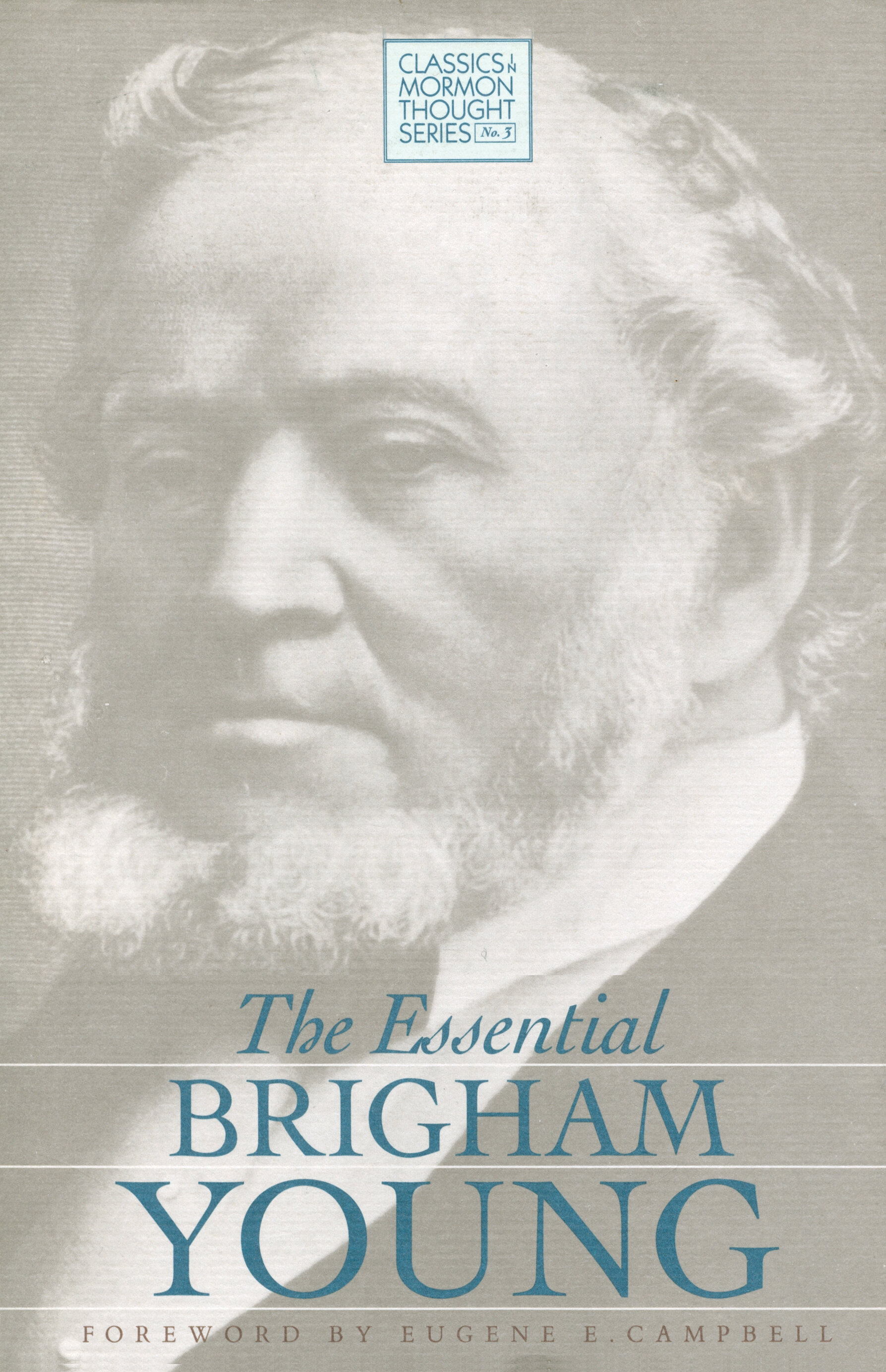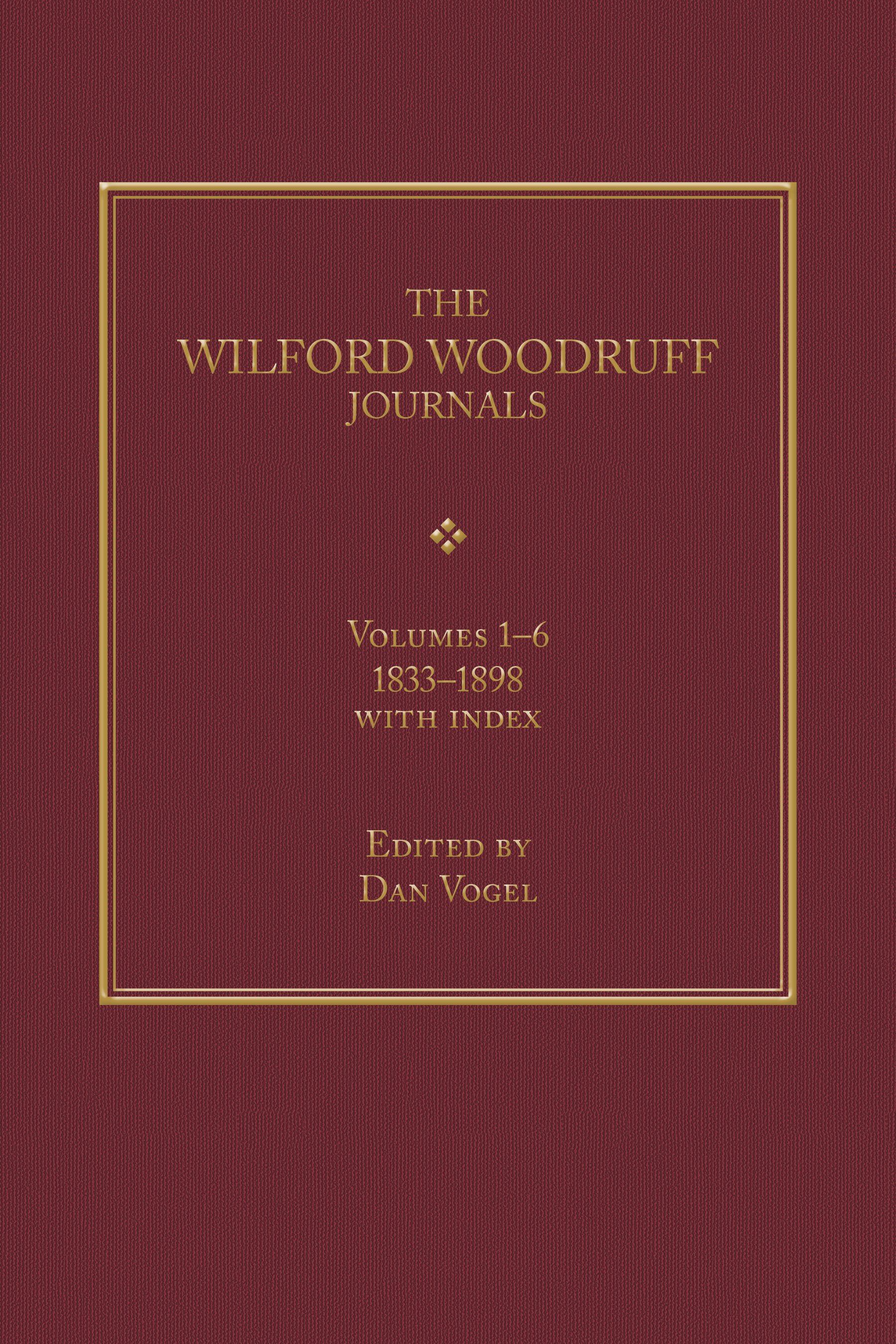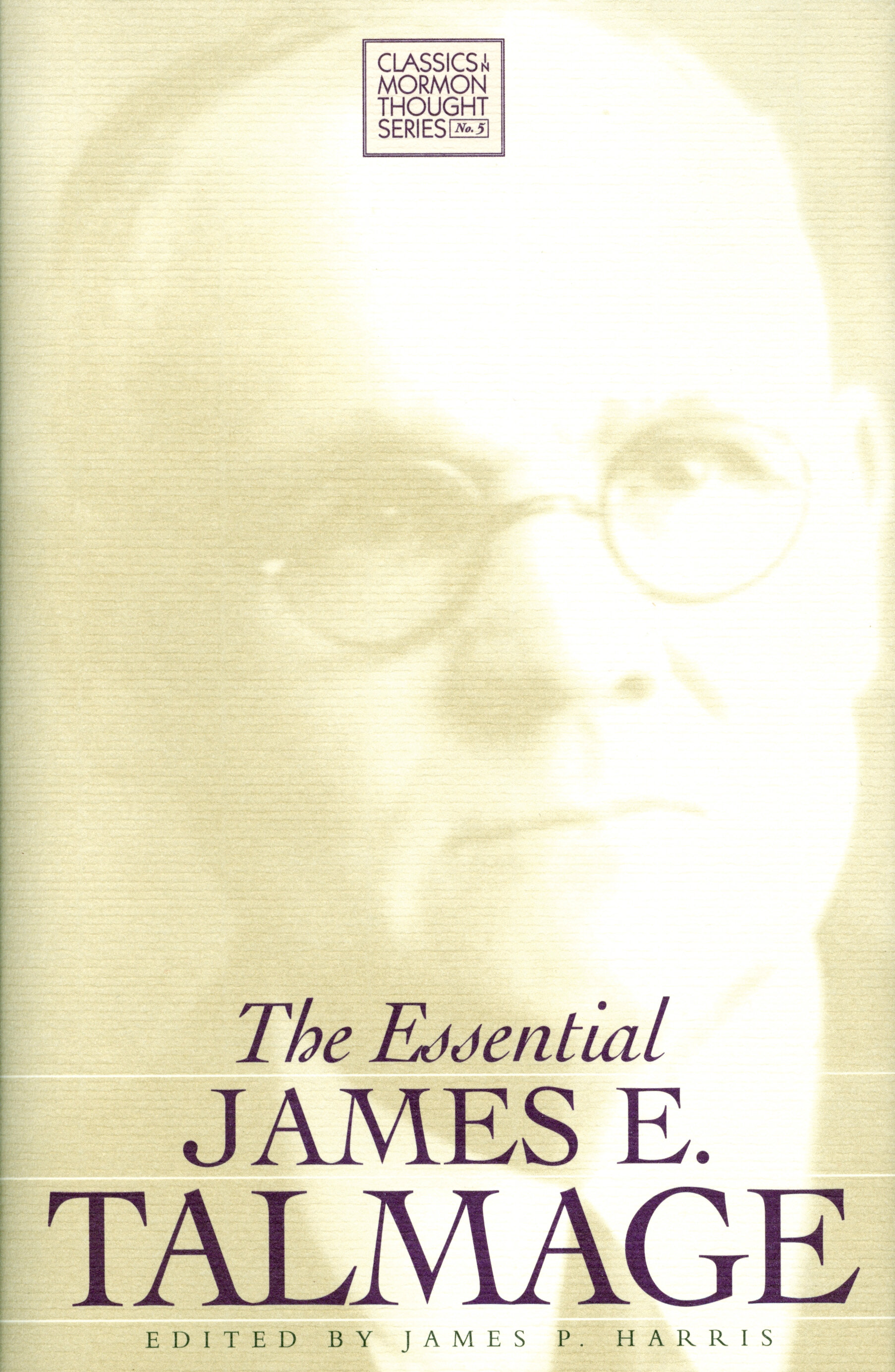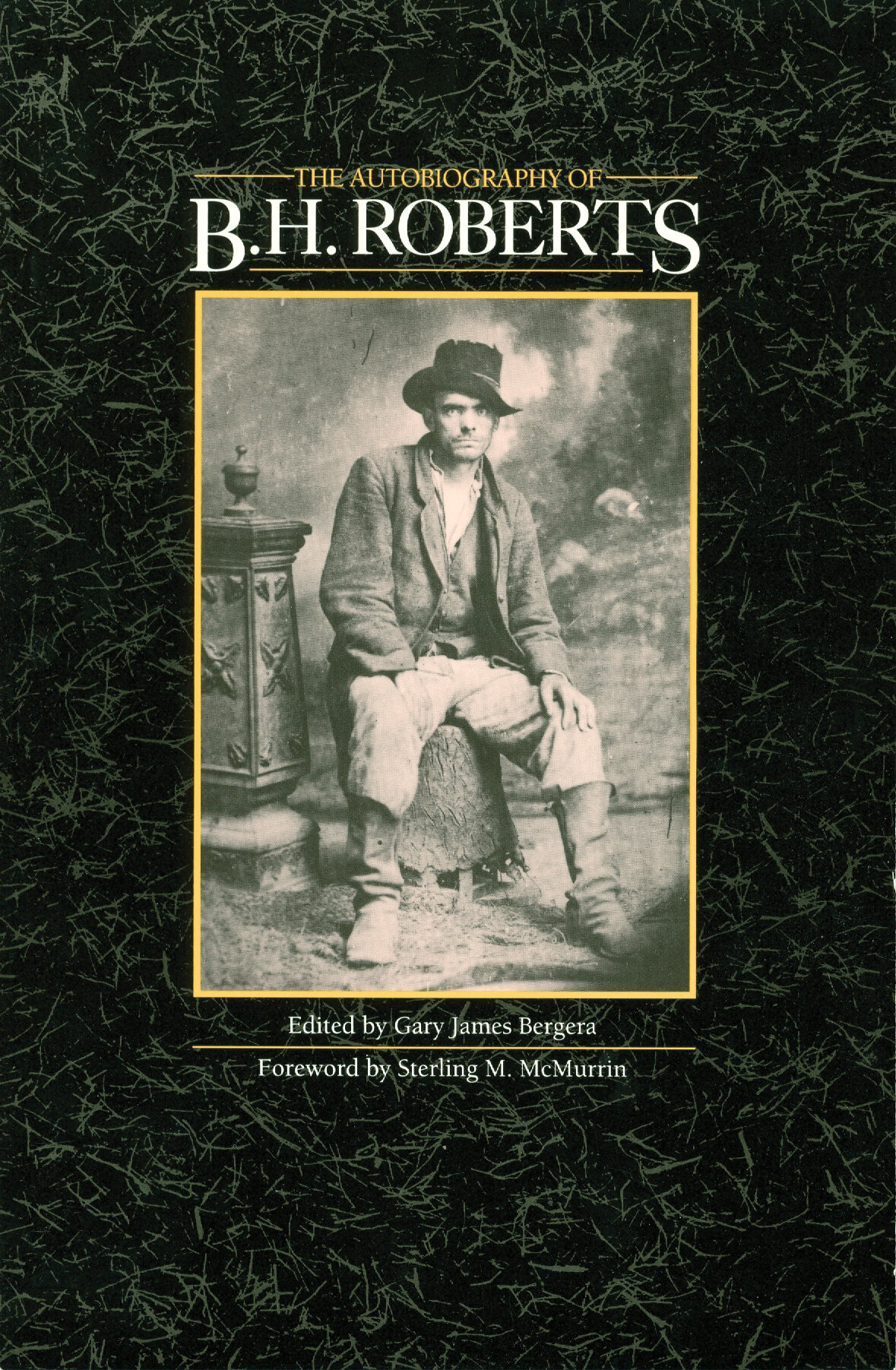 Image 1 of 1
Image 1 of 1


The Development of LDS Temple Worship
The Development of LDS Temple Worship, 1846–2000:
A Documentary History
edited by Devery S. Anderson
Over the years, the LDS Church has struggled with how best to convey information about the temple to its members. “We recommend that a definition be given in the temple of the symbolism and significance of the various marks in the garment,” a committee of apostles wrote to the First Presidency in 1936. “We are very concerned that our people [who are] going to the temple for the first time have a better introduction to the temple,” said Apostle Mark E. Petersen to regional representatives in 1969.
In that spirit, historian Devery S. Anderson has brought together a comprehensive collection of official documents on temple ceremonies, limited only by what would be inappropriate to discuss publicly. The documents include rulings by the First Presidency on changes to the ceremonies, letters to temple and stake presidents and bishops reminding them of temple policies, minutes of Quorum of the Twelve meetings, excerpts from sermons and church publications, and commentary by apostles and temple presidents in diaries, letters, oral histories, and temple scrapbooks.
The temple ceremonies have changed since their inception in Nauvoo in the 1840s. The liturgy was originally conveyed as a memorized oral tradition, then in 1877 the leadership committed it to writing to guarantee consistency among several temples and facilitate changes they wanted to make at that time. This was repeated in 1922 when George F. Richards and a committee of apostles was charged with reviewing and rewriting the ceremonies—and then again in the 1950s when the dramatic presentation was replaced with a motion picture and the script was shortened. One comes away from these documents with a better understanding of what constitutes the essence of the temple and what, by contrast, is malleable: staging, costumes, wording of the dramatic portions, and practical details such as whether marriage proxies should kiss across the altar.
hardback: $49.95 | ebook: $9.99
The Development of LDS Temple Worship, 1846–2000:
A Documentary History
edited by Devery S. Anderson
Over the years, the LDS Church has struggled with how best to convey information about the temple to its members. “We recommend that a definition be given in the temple of the symbolism and significance of the various marks in the garment,” a committee of apostles wrote to the First Presidency in 1936. “We are very concerned that our people [who are] going to the temple for the first time have a better introduction to the temple,” said Apostle Mark E. Petersen to regional representatives in 1969.
In that spirit, historian Devery S. Anderson has brought together a comprehensive collection of official documents on temple ceremonies, limited only by what would be inappropriate to discuss publicly. The documents include rulings by the First Presidency on changes to the ceremonies, letters to temple and stake presidents and bishops reminding them of temple policies, minutes of Quorum of the Twelve meetings, excerpts from sermons and church publications, and commentary by apostles and temple presidents in diaries, letters, oral histories, and temple scrapbooks.
The temple ceremonies have changed since their inception in Nauvoo in the 1840s. The liturgy was originally conveyed as a memorized oral tradition, then in 1877 the leadership committed it to writing to guarantee consistency among several temples and facilitate changes they wanted to make at that time. This was repeated in 1922 when George F. Richards and a committee of apostles was charged with reviewing and rewriting the ceremonies—and then again in the 1950s when the dramatic presentation was replaced with a motion picture and the script was shortened. One comes away from these documents with a better understanding of what constitutes the essence of the temple and what, by contrast, is malleable: staging, costumes, wording of the dramatic portions, and practical details such as whether marriage proxies should kiss across the altar.
hardback: $49.95 | ebook: $9.99
Devery Scott Anderson is co-editor of Joseph Smith’s Quorum of the Anointed, 1842–1845 and The Nauvoo Endowment Companies, 1845–1846, which together won the Mormon History Association’s 2006 Best Documentary Book Award. The current volume continues the same theme. Anderson is the author of Emmett Till: The Murder That Shocked the World and Propelled the Civil Rights Movement. He has now begun a biography of LDS apostle Willard Richards, and has published in Dialogue: A Journal of Mormon Thought (Best Article Award, Dialogue Foundation, 1999), the Journal of Mormon History, Southern Quarterly, and elsewhere.
Documentary History, History, Religion
ISBN: 978-1-56085-211-7








